[et_pb_section bb_built=”1″ admin_label=”section”][et_pb_row admin_label=”row”][et_pb_column type=”4_4″][et_pb_text admin_label=”Text” background_layout=”light” text_orientation=”left” header_font_size=”30″ header_letter_spacing=”0″ header_line_height=”1″ text_letter_spacing=”0″ text_line_height=”1.7″ use_border_color=”off” border_color=”#ffffff” border_width=”1″ border_style=”solid”]
On March 19, the Wyoming Outdoor Council and the world lost a dear friend. Former board member, loyal and longtime donor, dedicated volunteer, and passionate conservation advocate Dr. Martha Christensen passed away at the age of 85 at her home in Madison, Wisconsin. Martha dedicated much of her life to protecting wild lands for future generations, and Wyoming is a better place because of her.
Raised in Lincoln, Nebraska, Martha earned a B.S. and M.S. degree from the University of Nebraska, then went on to earn her Ph. D. from the University of Wisconsin. In 1963, she joined the University of Wyoming’s Botany Department as a mycologist, specializing in soil microfungal communities. During her career she collected more than 100 native samples from across the world, published prolifically in scientific journals, discovered new species, and received numerous honors and awards. She served as a professor and researcher at U.W. for 26 years before retiring in 1989.
Martha was a fierce defender of Wyoming’s public lands—especially the Medicine Bow-Routt National Forest. She approached her advocacy with a scientific mind, writing letter after letter to government officials and newspaper editors about the ecological and economic need for protections. She consistently asked that the government counter needless waste of energy and resources, that it preserve Wyoming’s natural landscapes, and that it provide for recreation opportunities through parks and outdoor spaces. Her articulate and powerful message—more relevant today than ever—helped usher in protections for the Savage Run Wilderness in the National Wilderness Act of 1964. Colleague, friend, and former Outdoor Council board member Dennis Knight said this was a great success for her and for Wyoming. “She stood up and spoke out for public lands so that federal and state officials would understand that the public has an interest in protecting and conserving their natural, wild value.”
Barbara Parsons, who served with Martha on the Council’s Board of Directors in the 1990s, remembers Martha’s optimism and hope, which she compared to that of our founder, Tom Bell, whom she said Martha deeply admired.
“Martha, like Tom, was one of those people inclined to think that things would get better, that eventually we would get through this. She really, really thought that what she did could make a really important difference in the world.”
As the Outdoor Council celebrates its 50th anniversary, and as we face challenges new and old, Martha’s enduring optimism is an inspiration. “Whenever there was a chance for public involvement, I participated,” she once said. And Wyoming is better off because she did. May we all strive to follow her lead.
The Christensen family has asked that gifts in her memory be sent to The Nature Conservancy or the Wyoming Outdoor Council. A memorial service for Martha was held on Saturday, April 1, 2017, at the Heritage Congregational Church in Madison, Wisconsin. Planning for a memorial service in Laramie is underway.
[/et_pb_text][/et_pb_column][/et_pb_row][/et_pb_section]

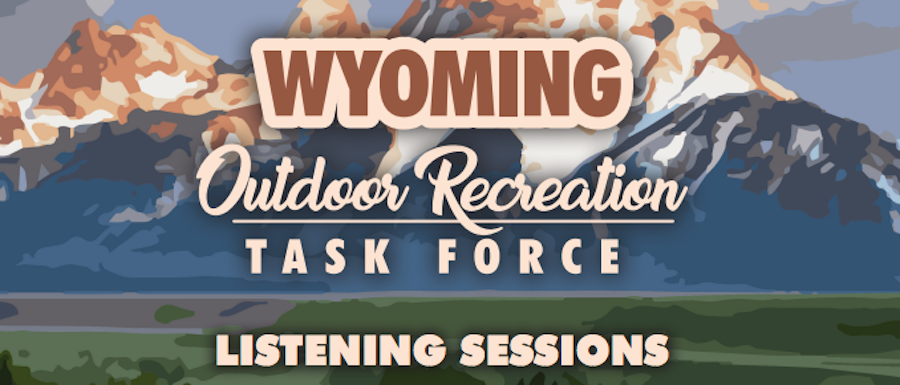



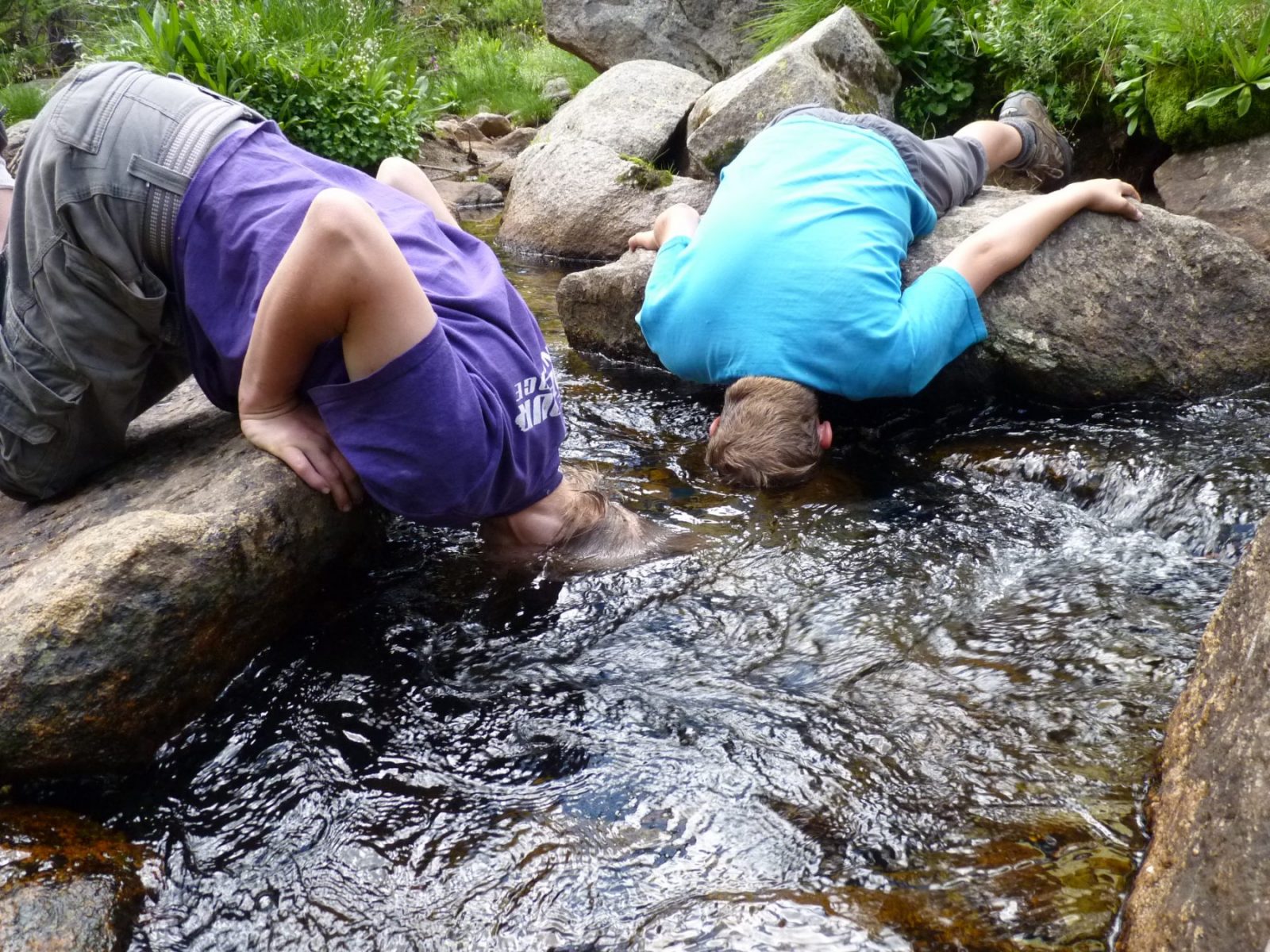
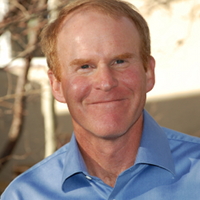
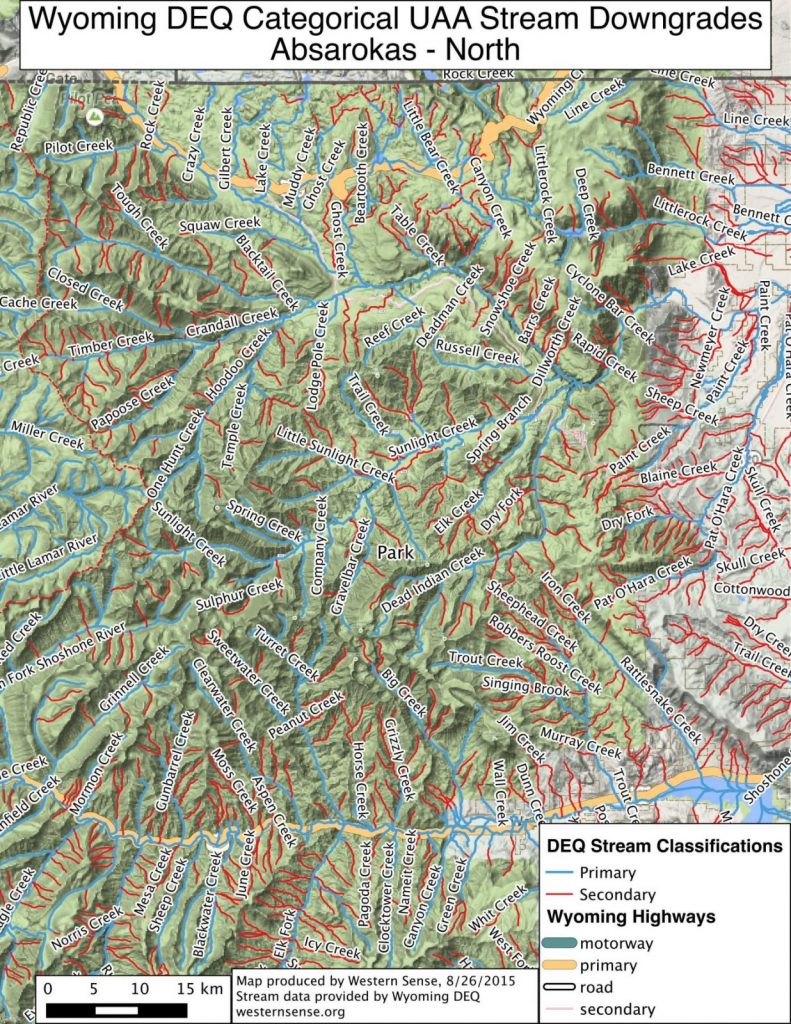
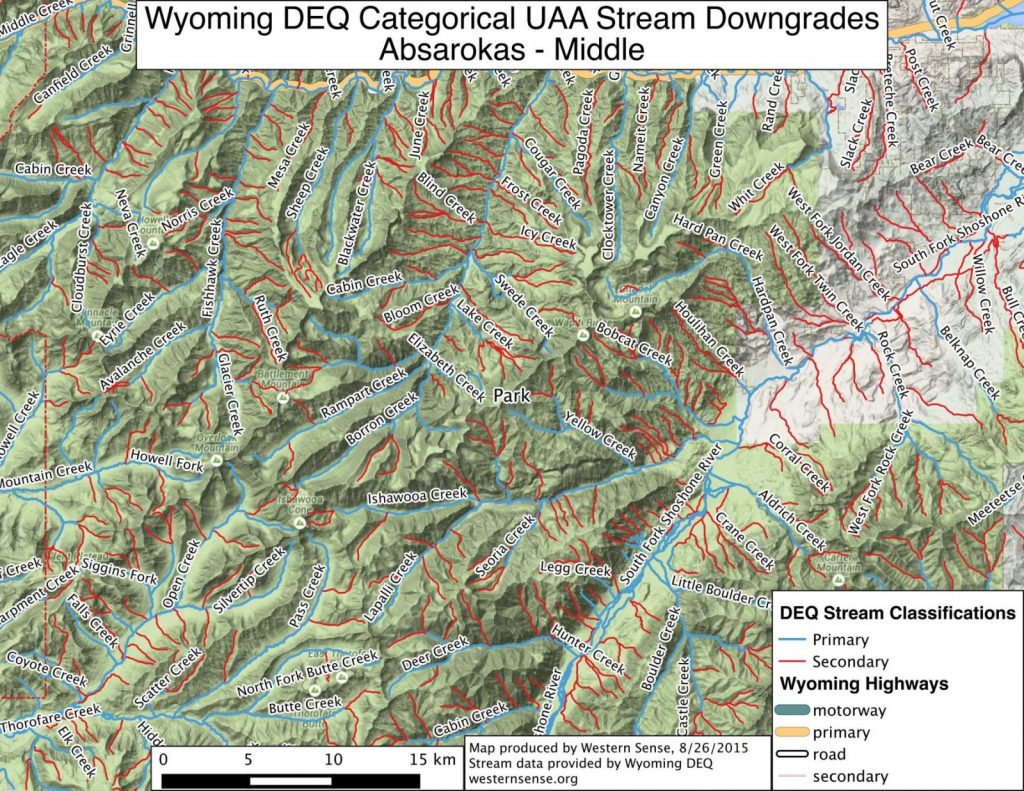
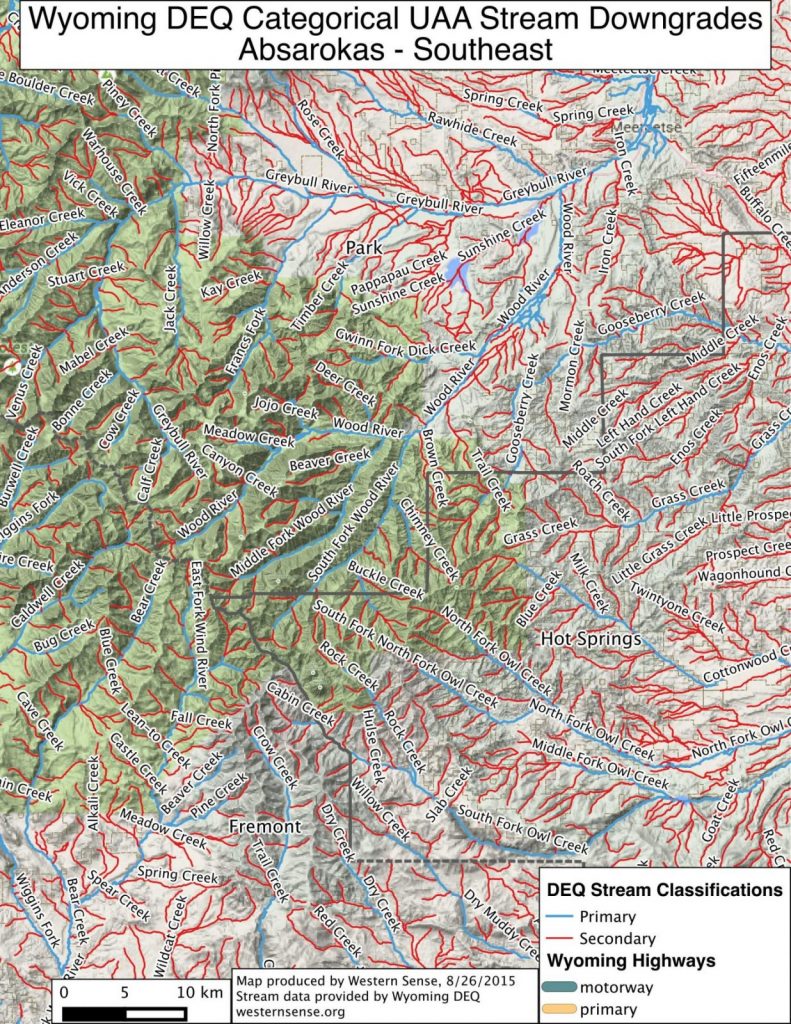
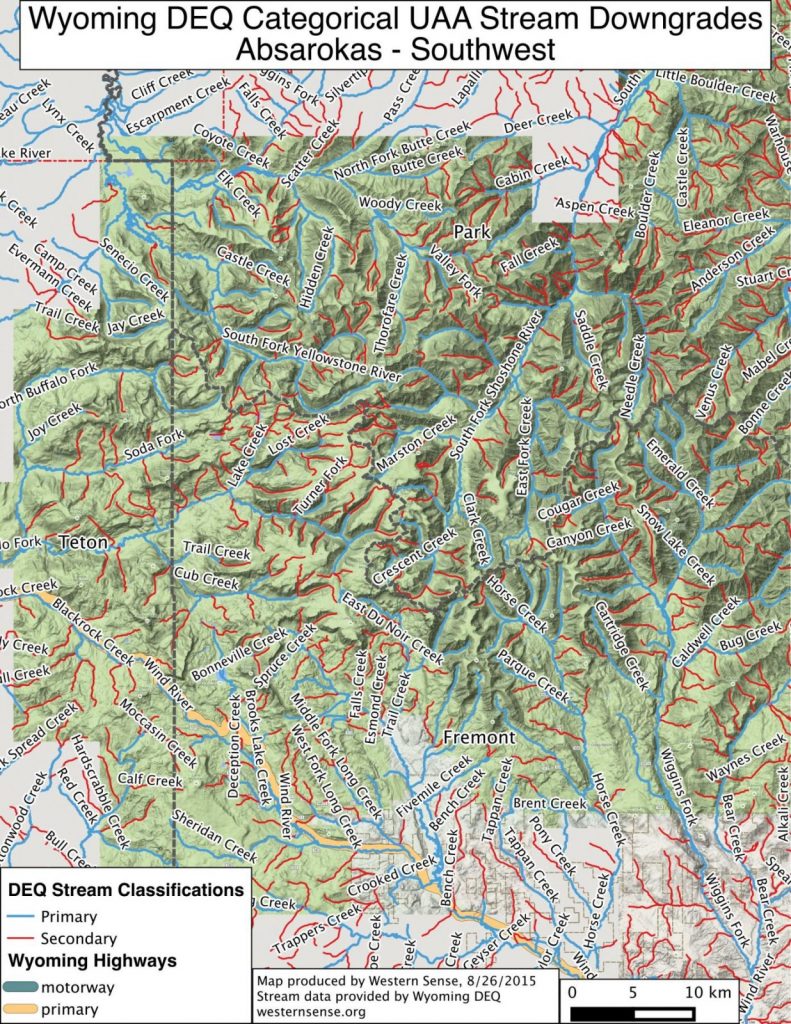
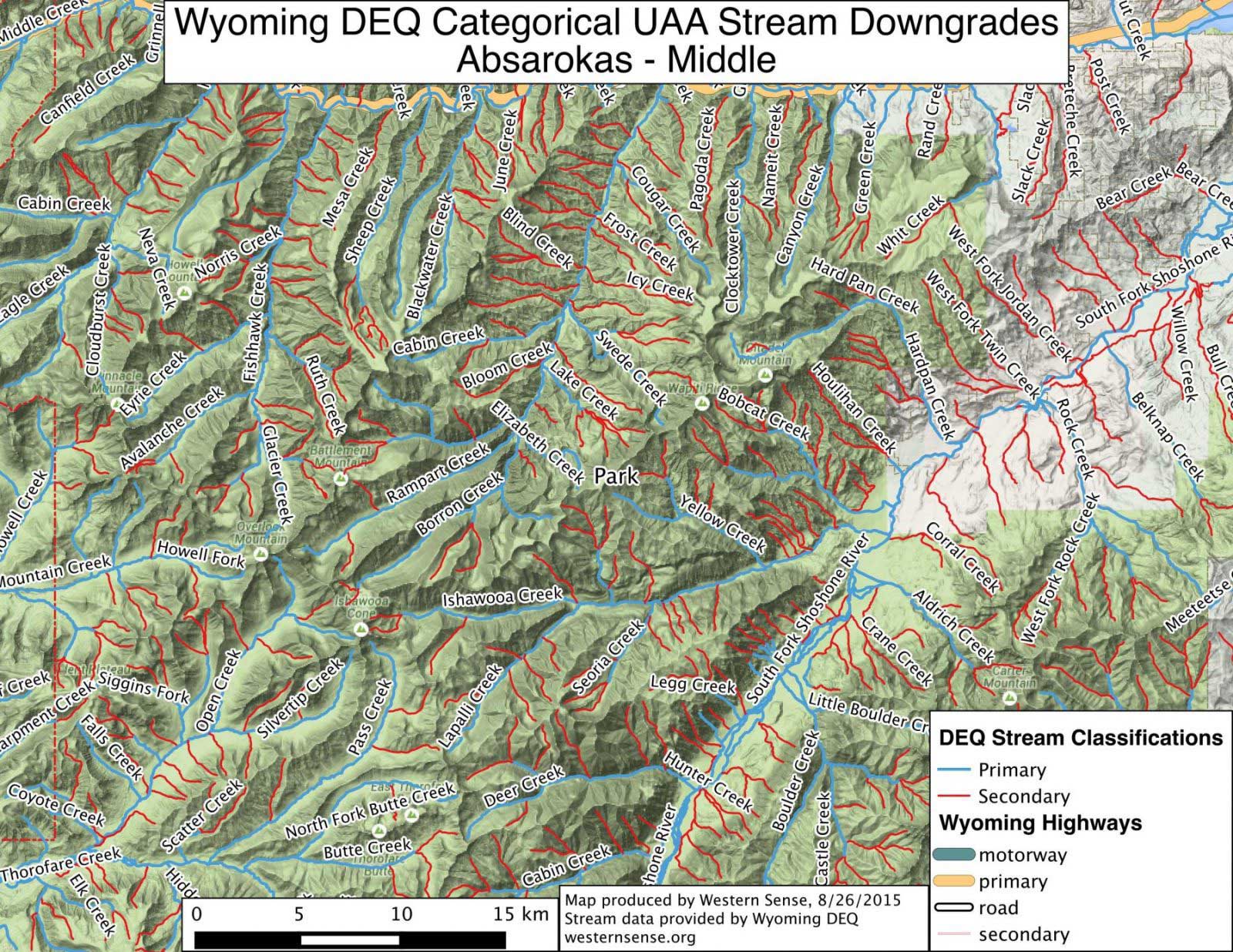
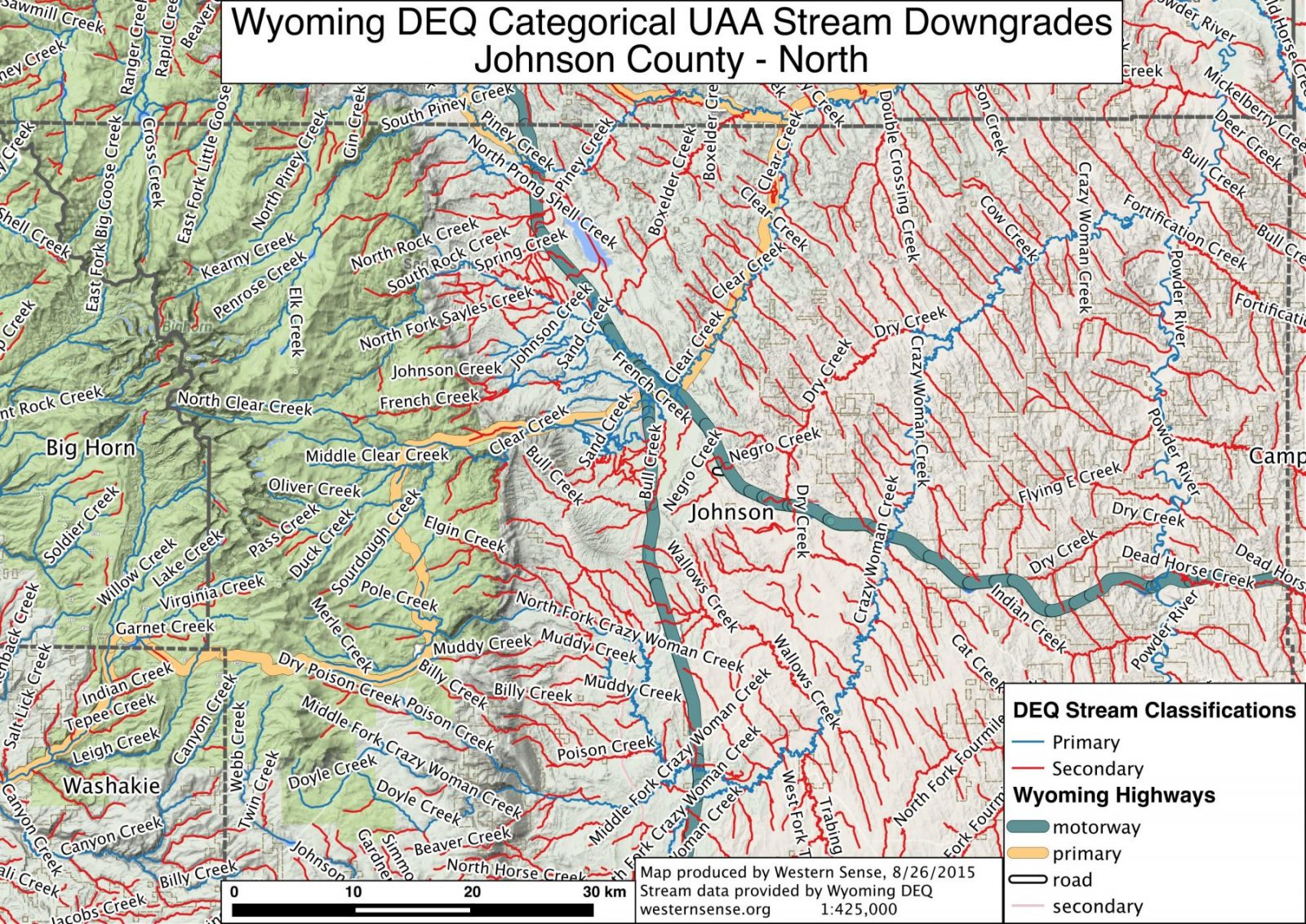
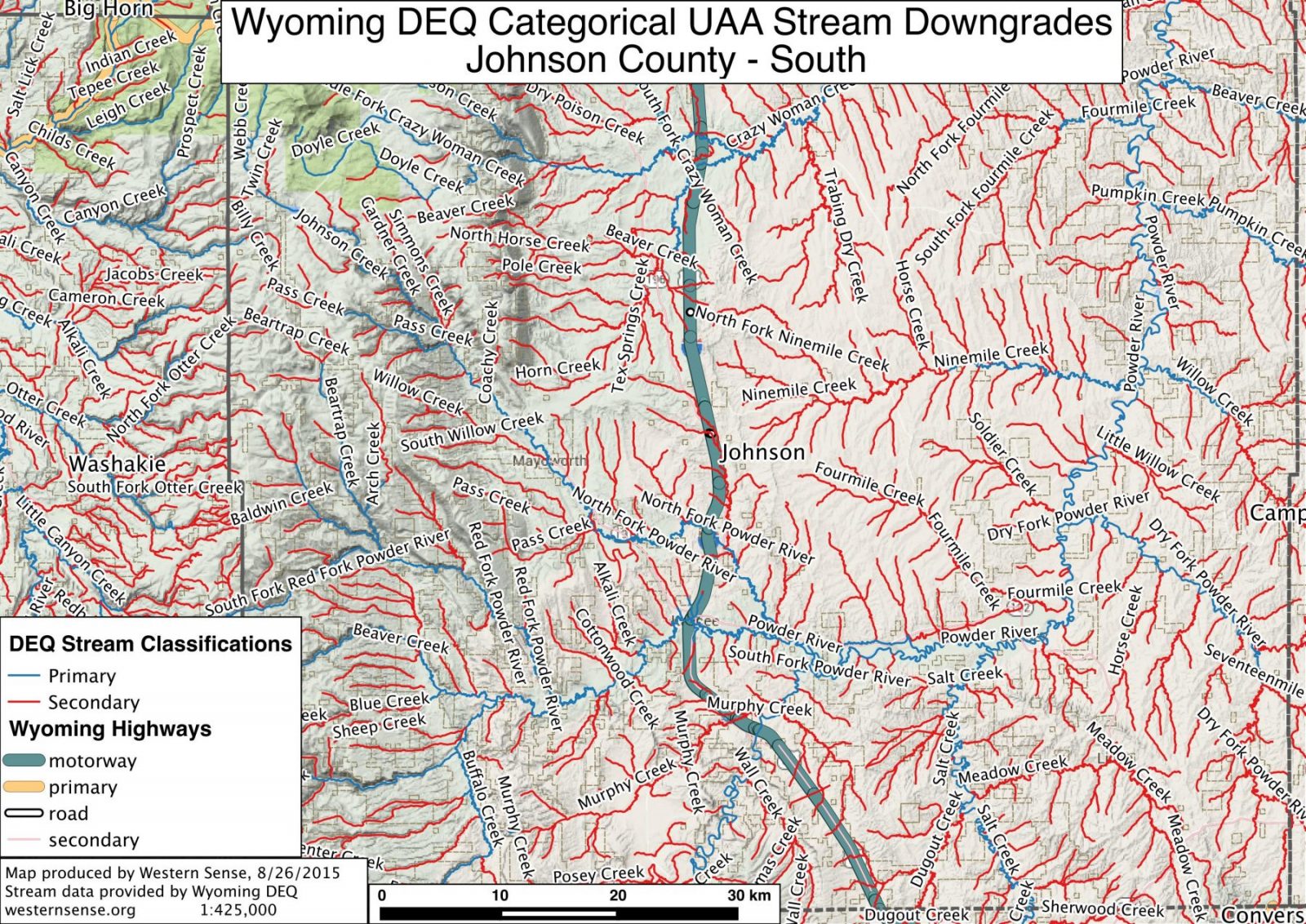
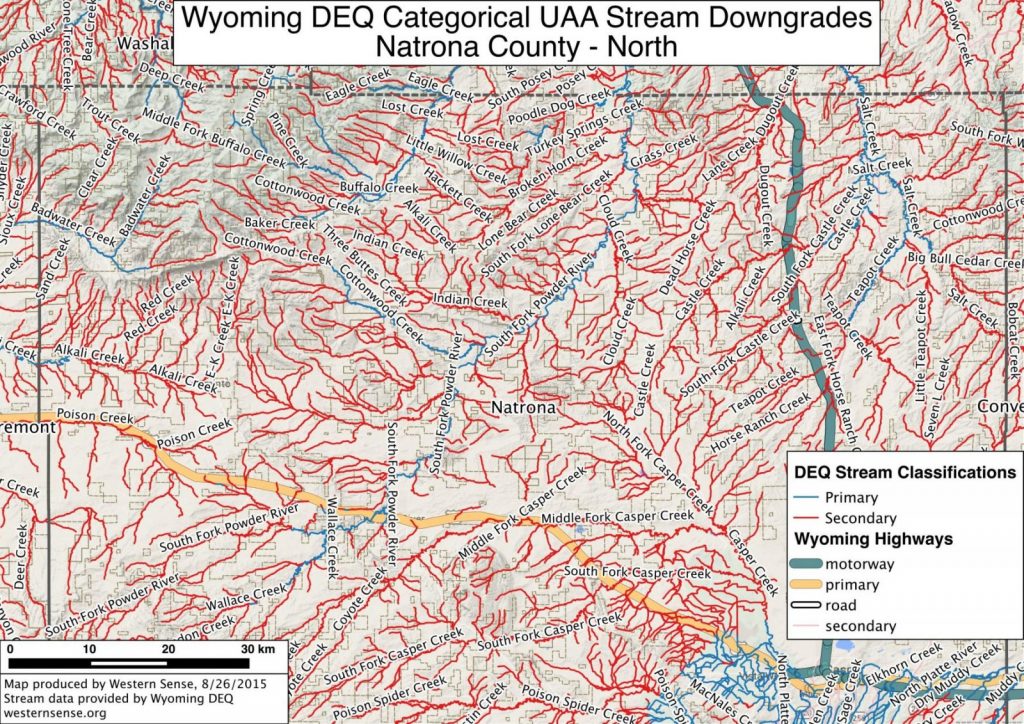
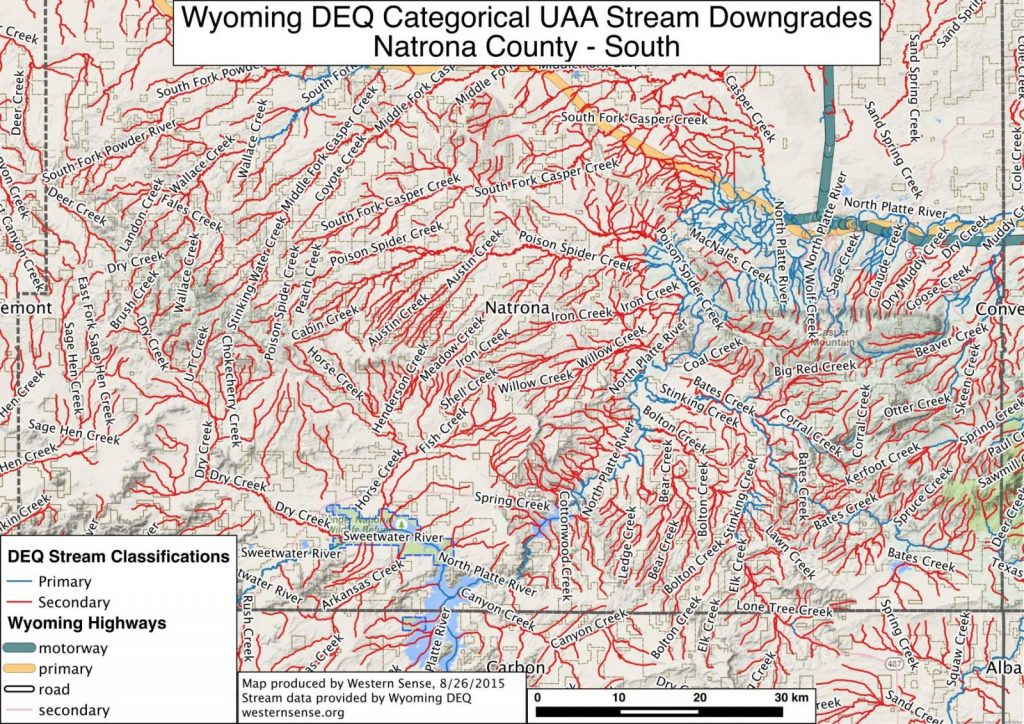
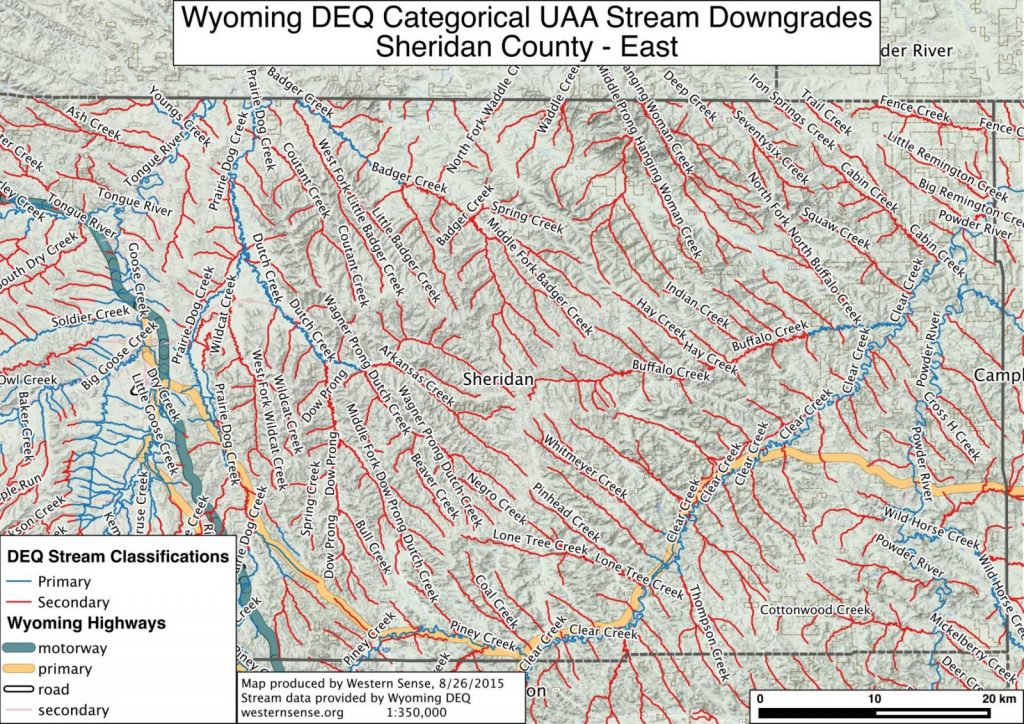
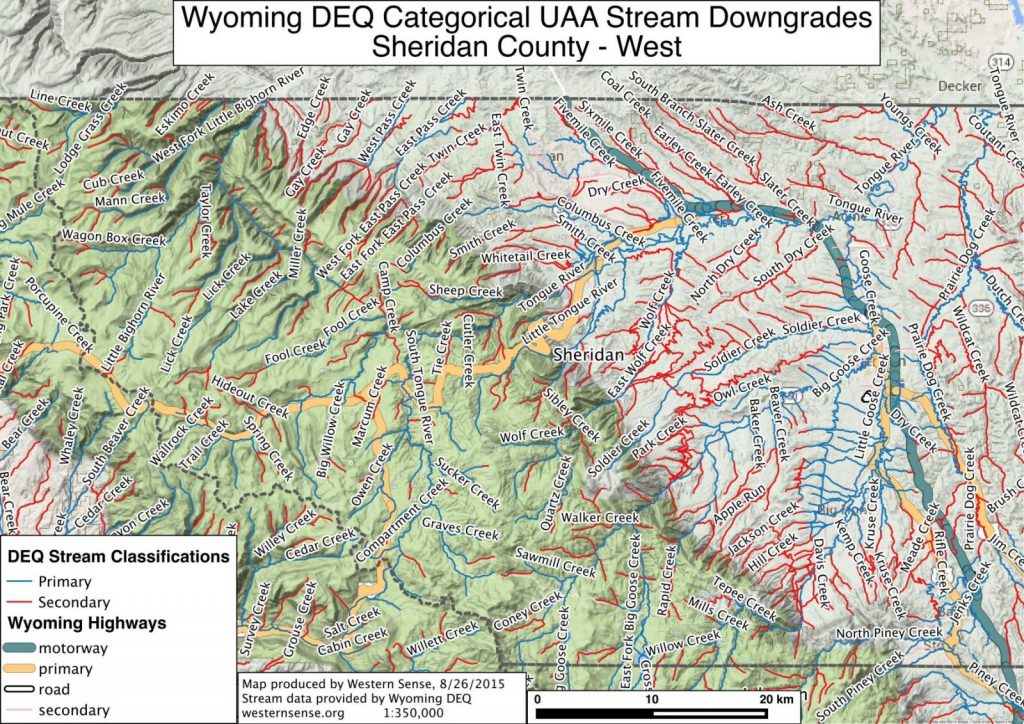
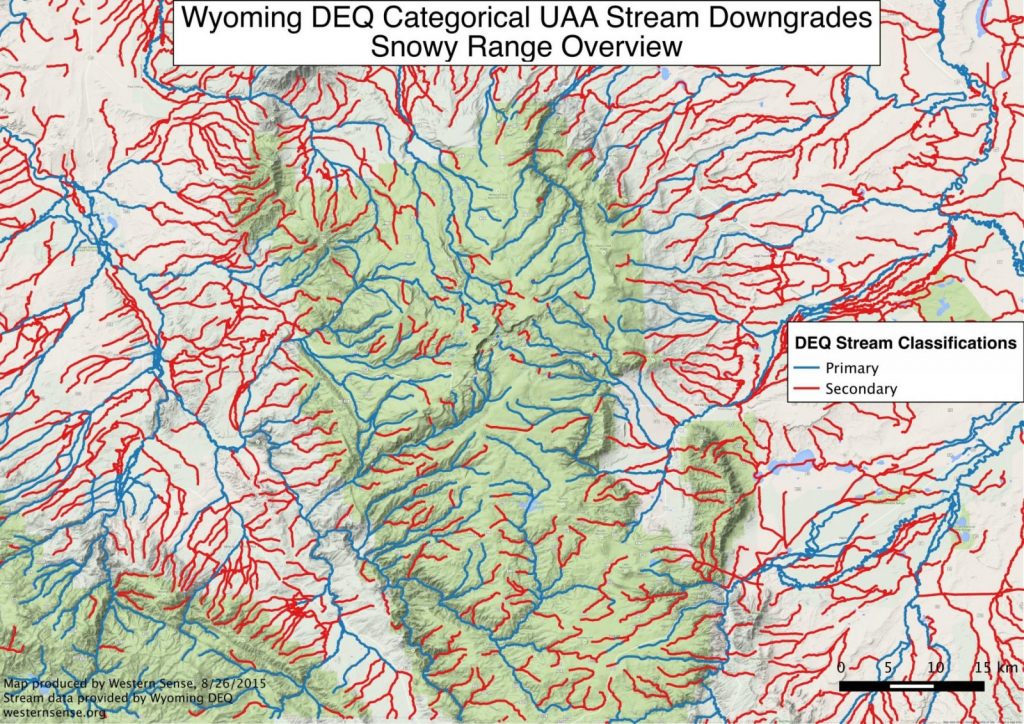
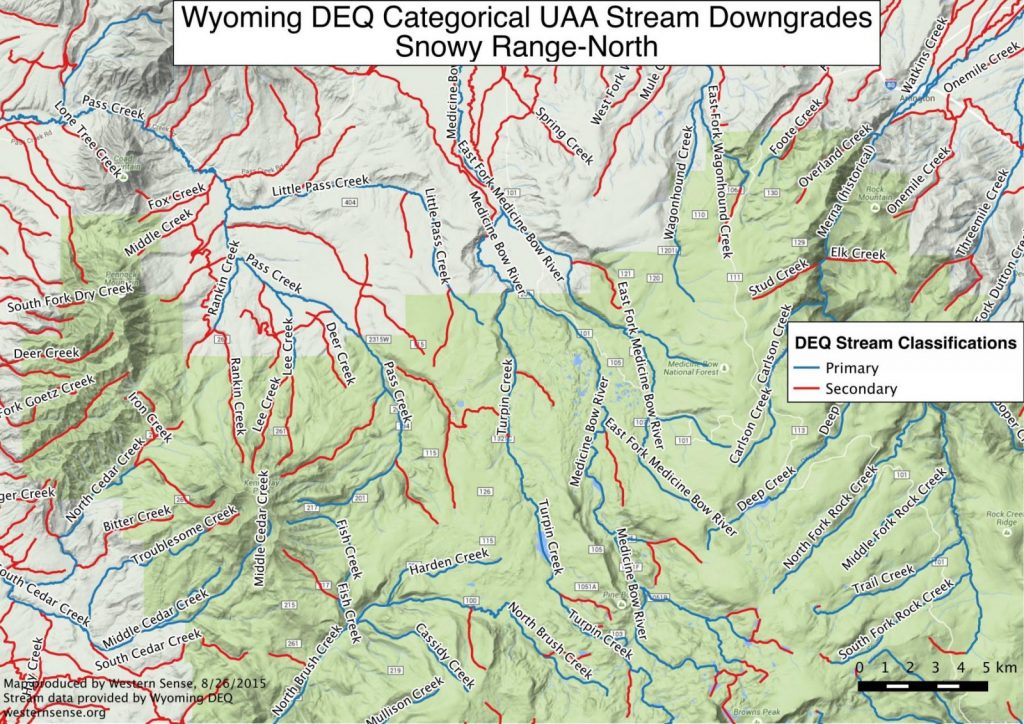
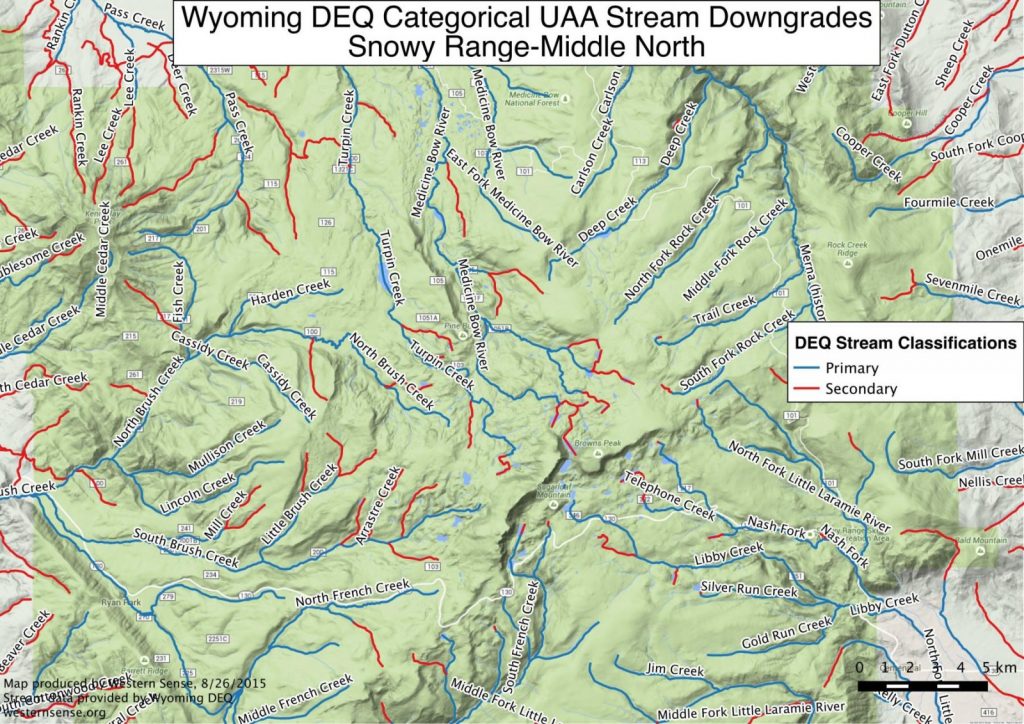
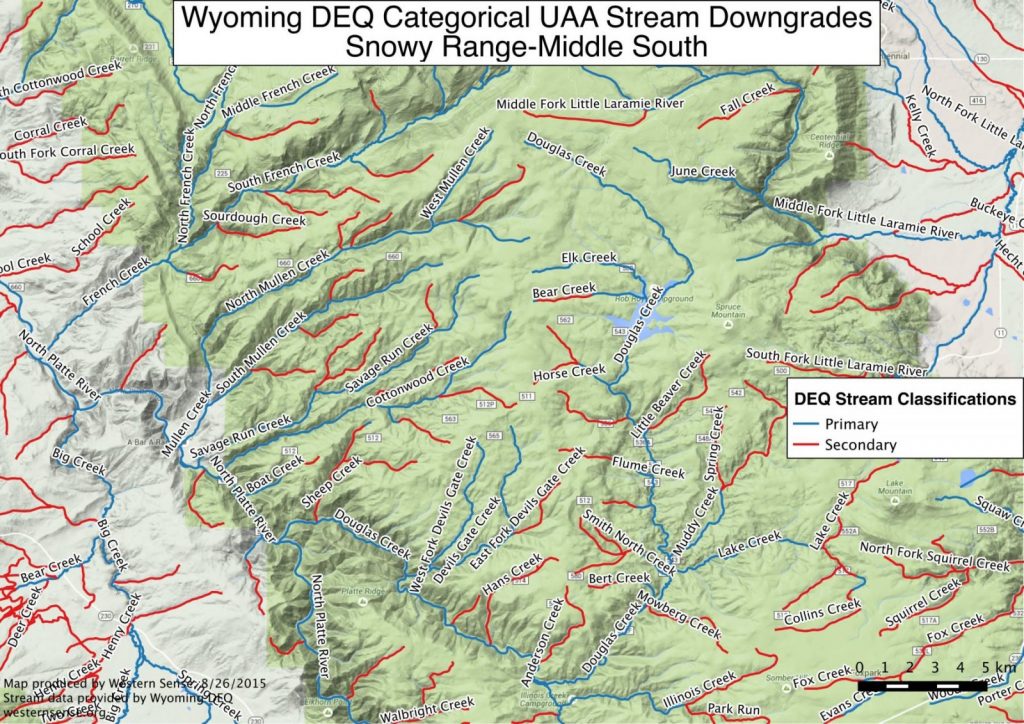
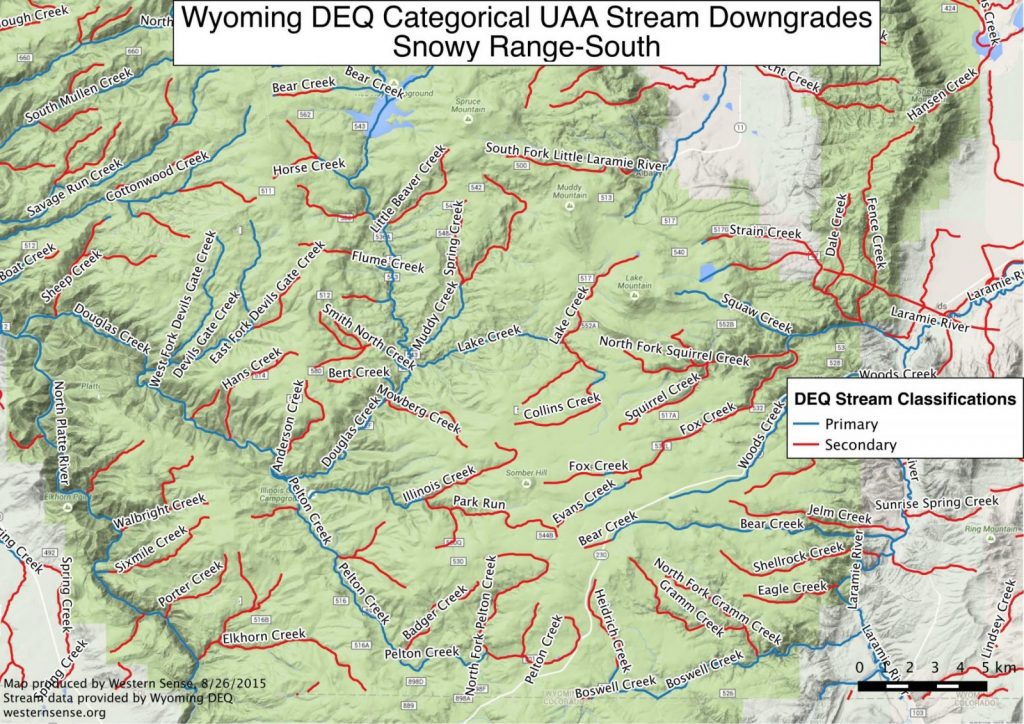
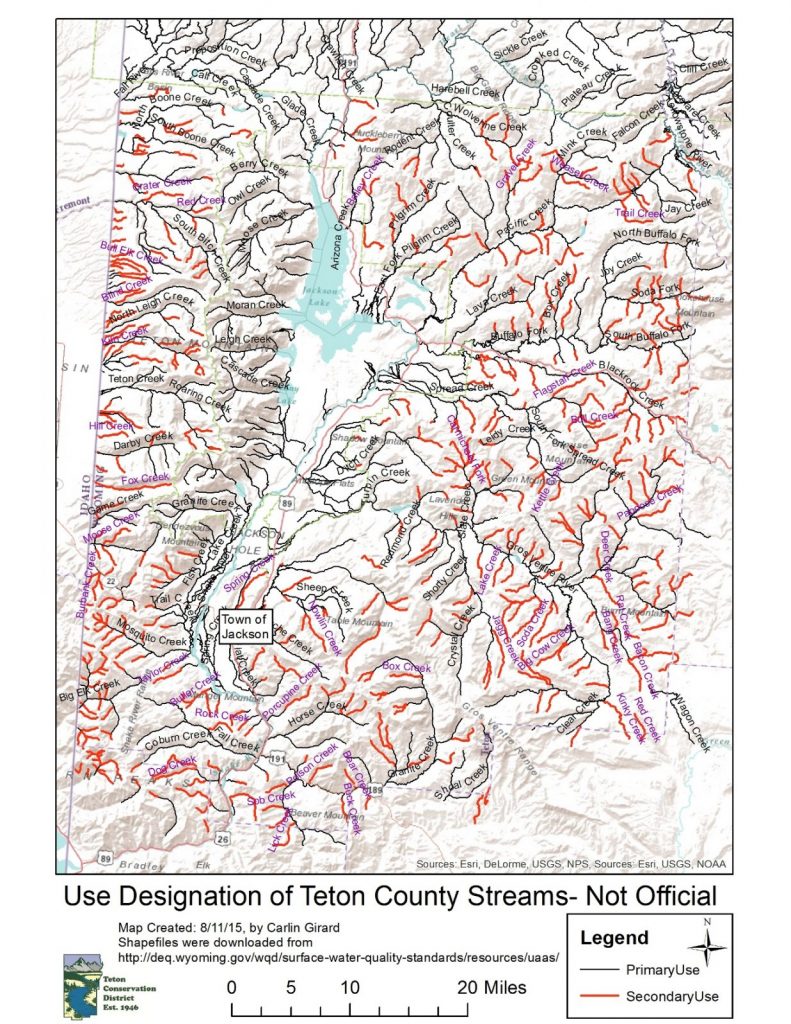
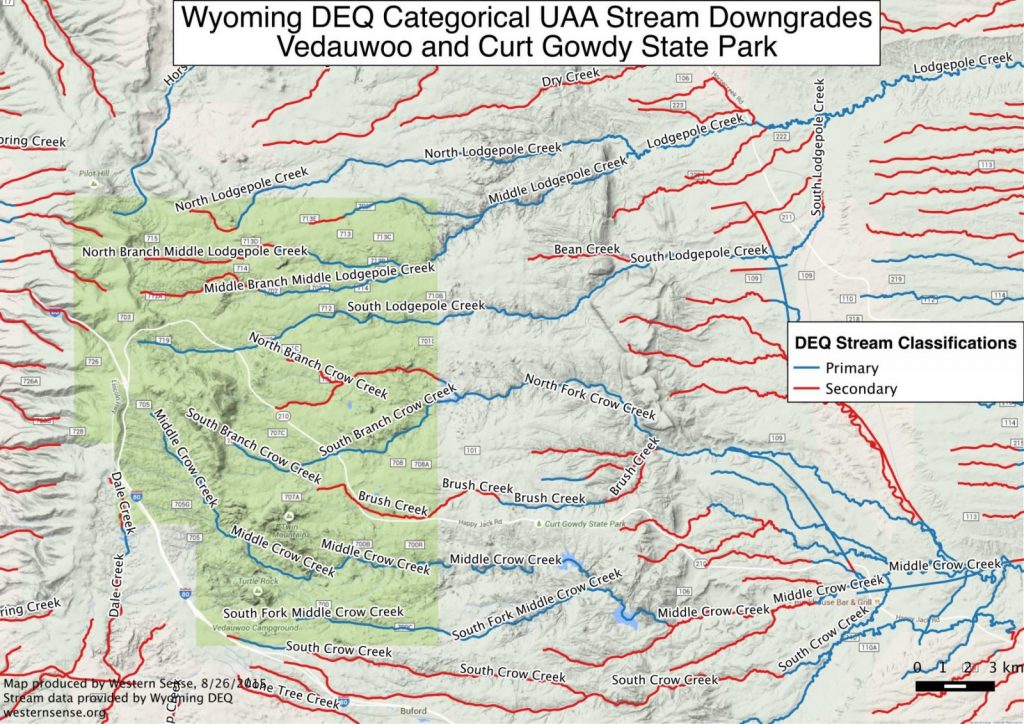
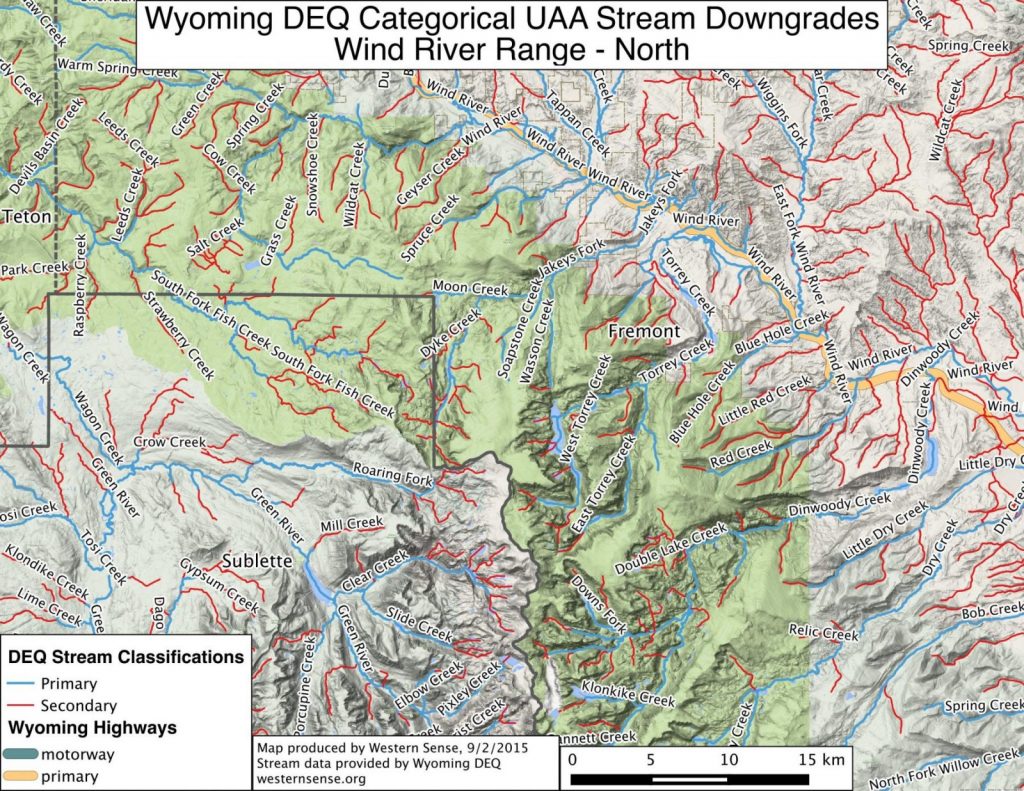
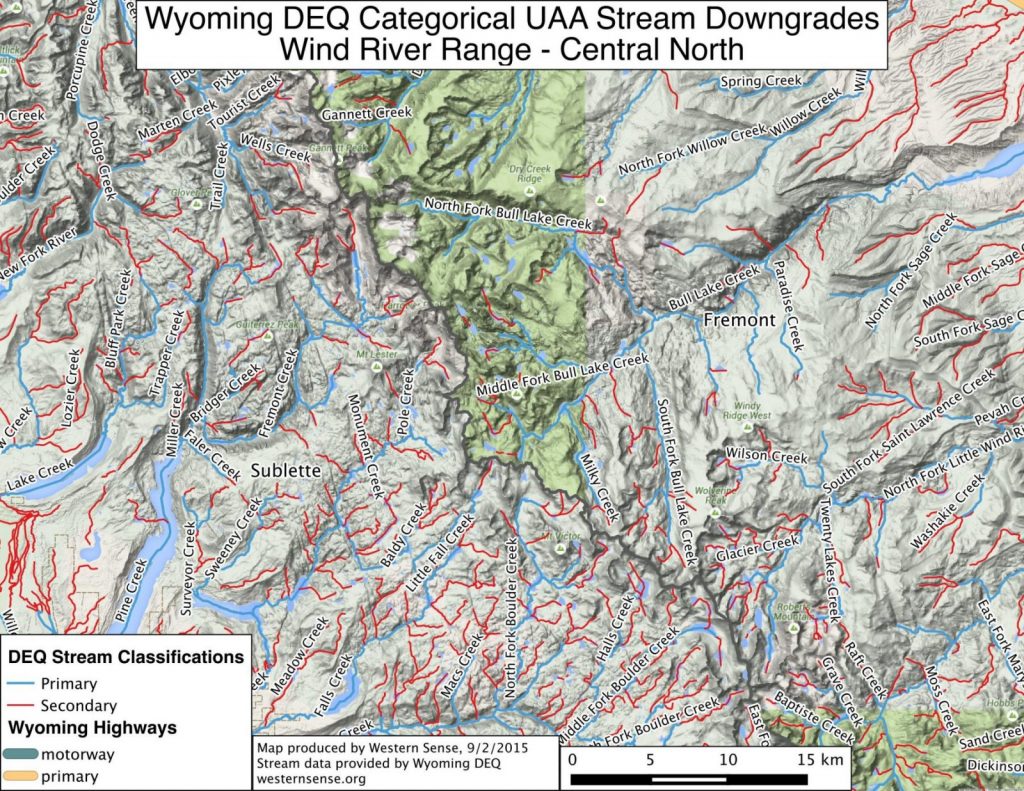
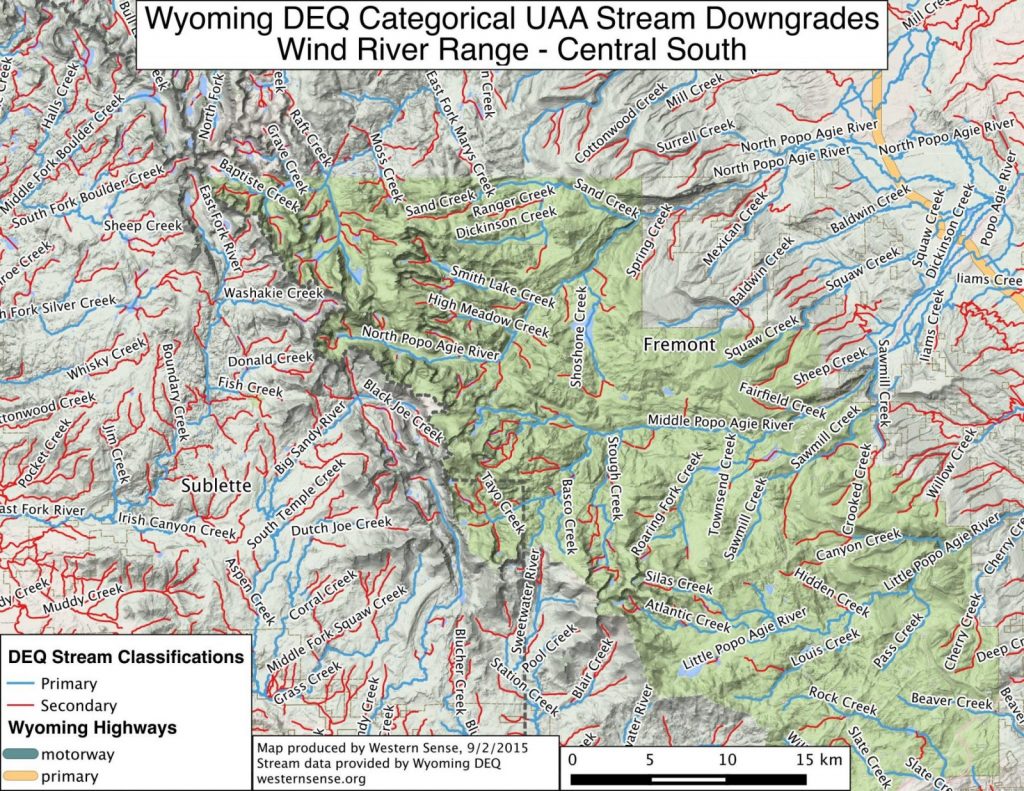
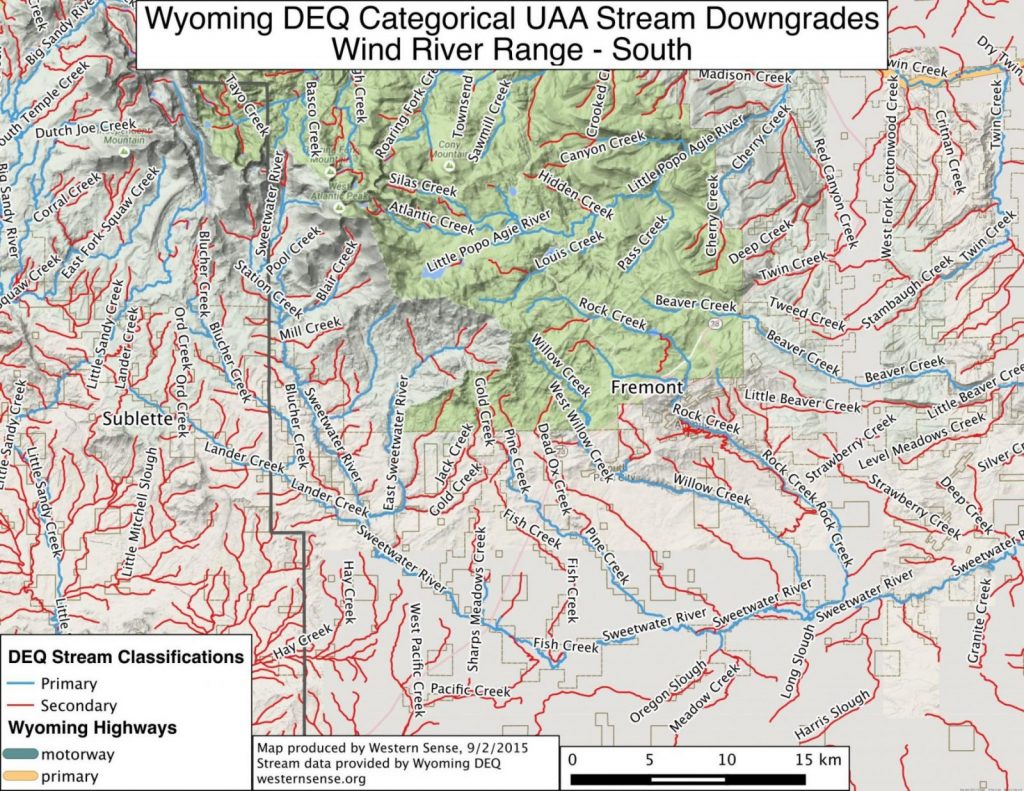
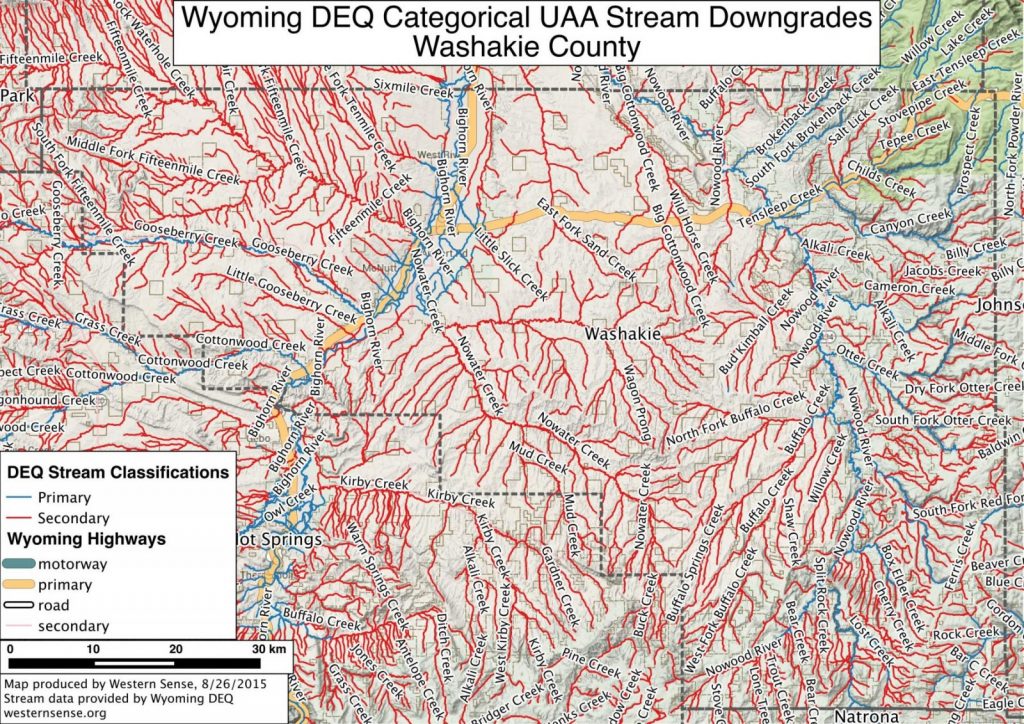
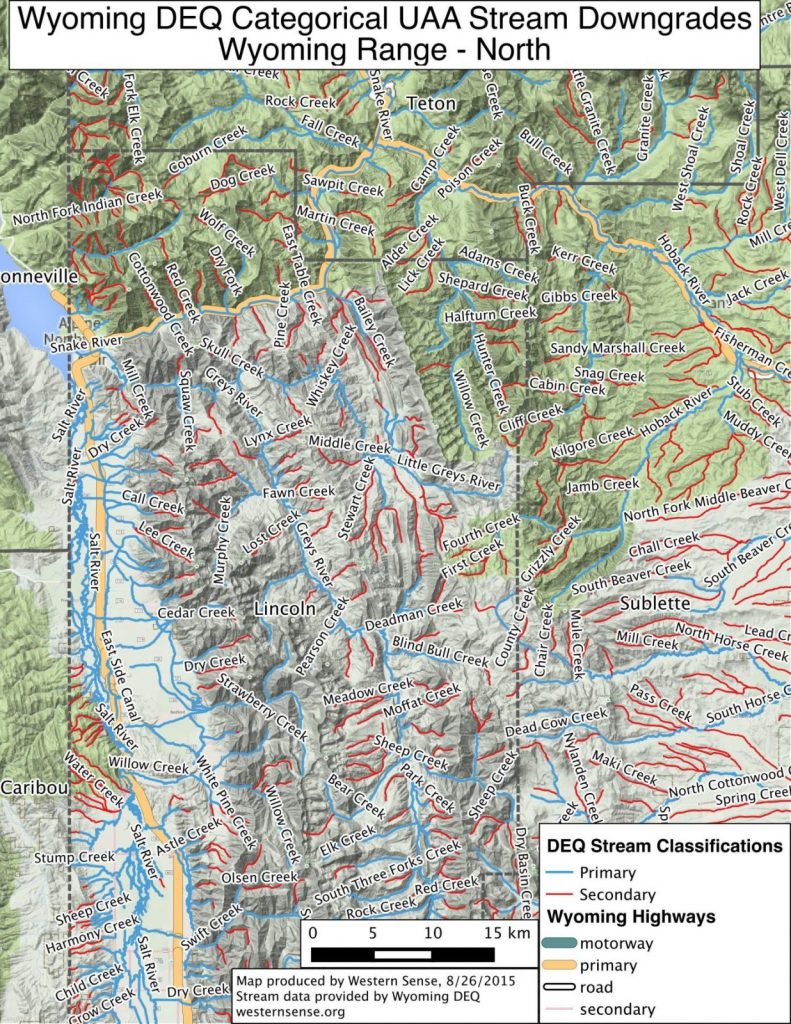
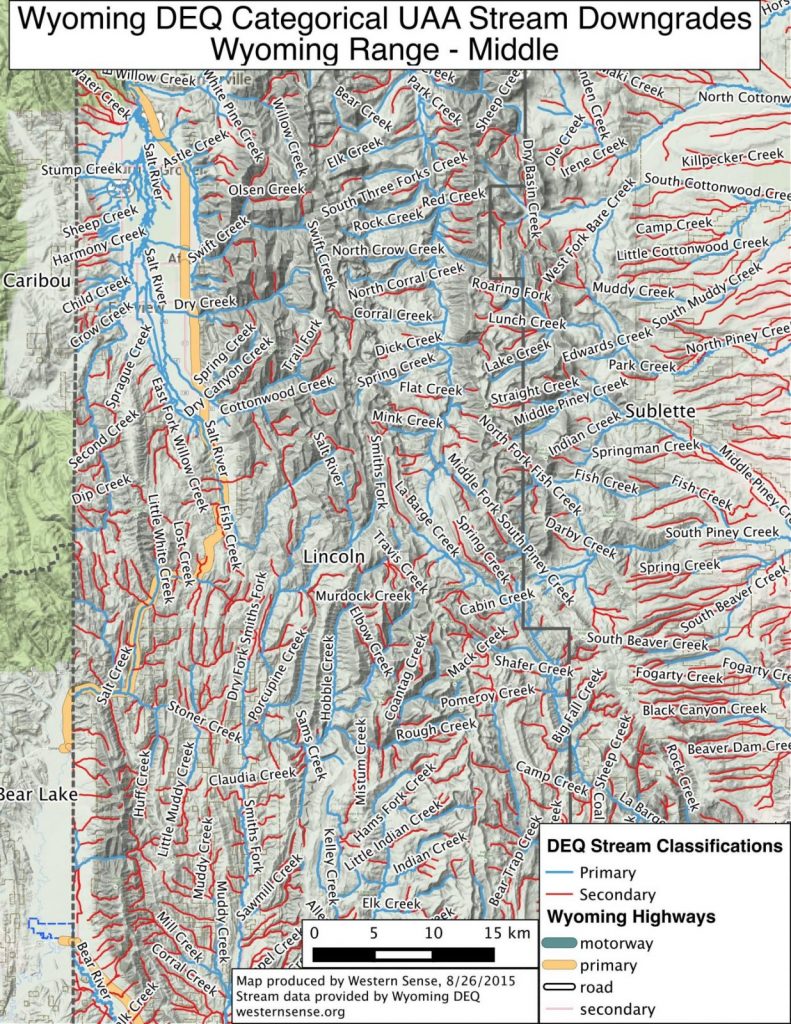
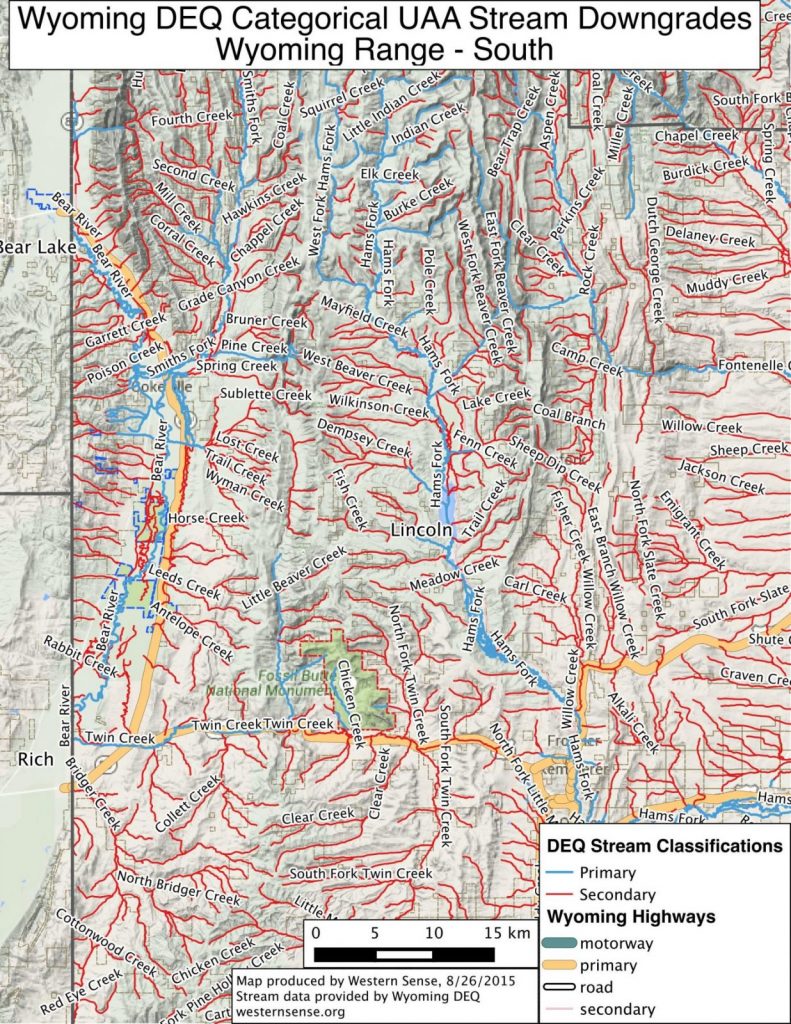

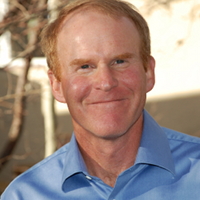 On the heels of
On the heels of